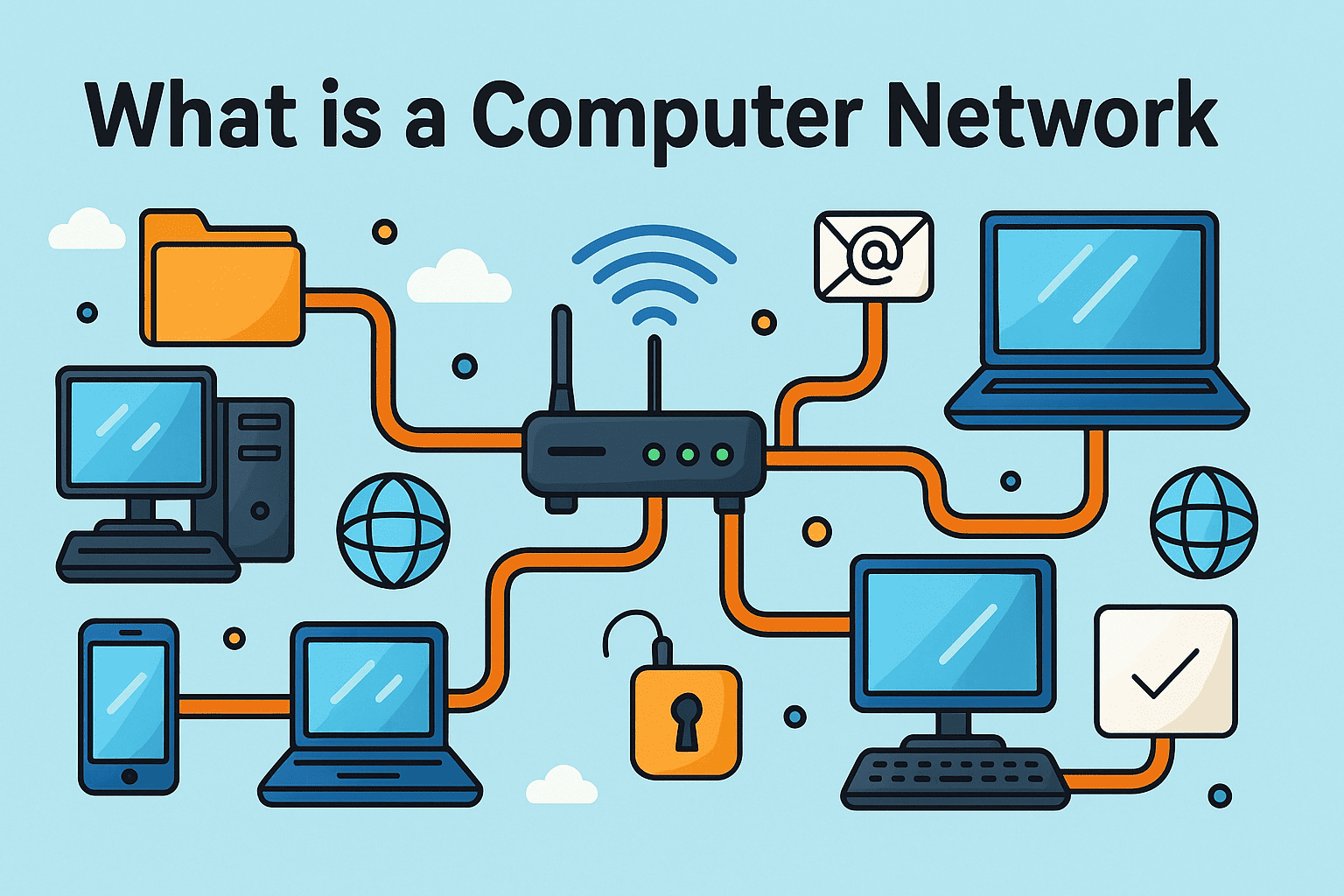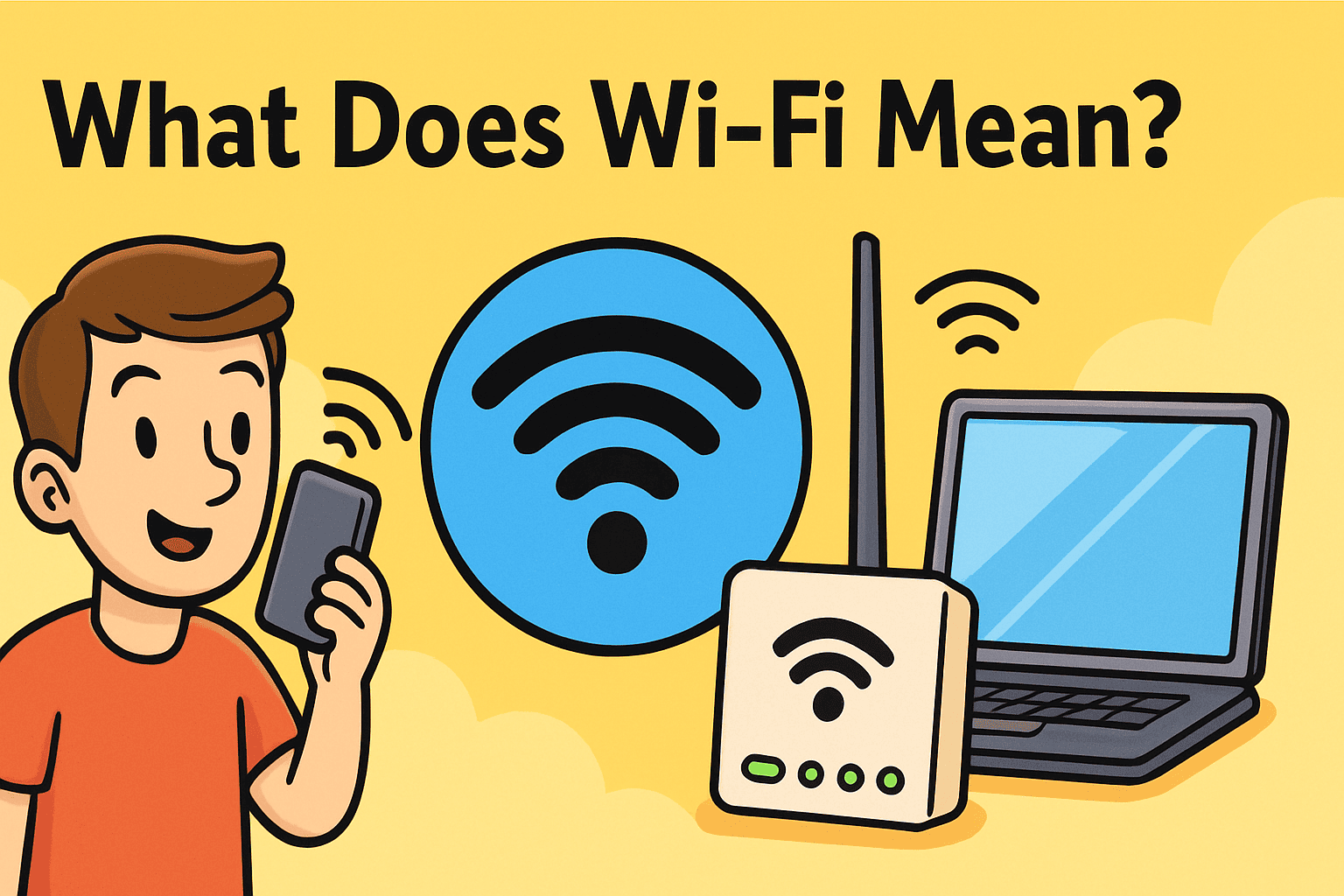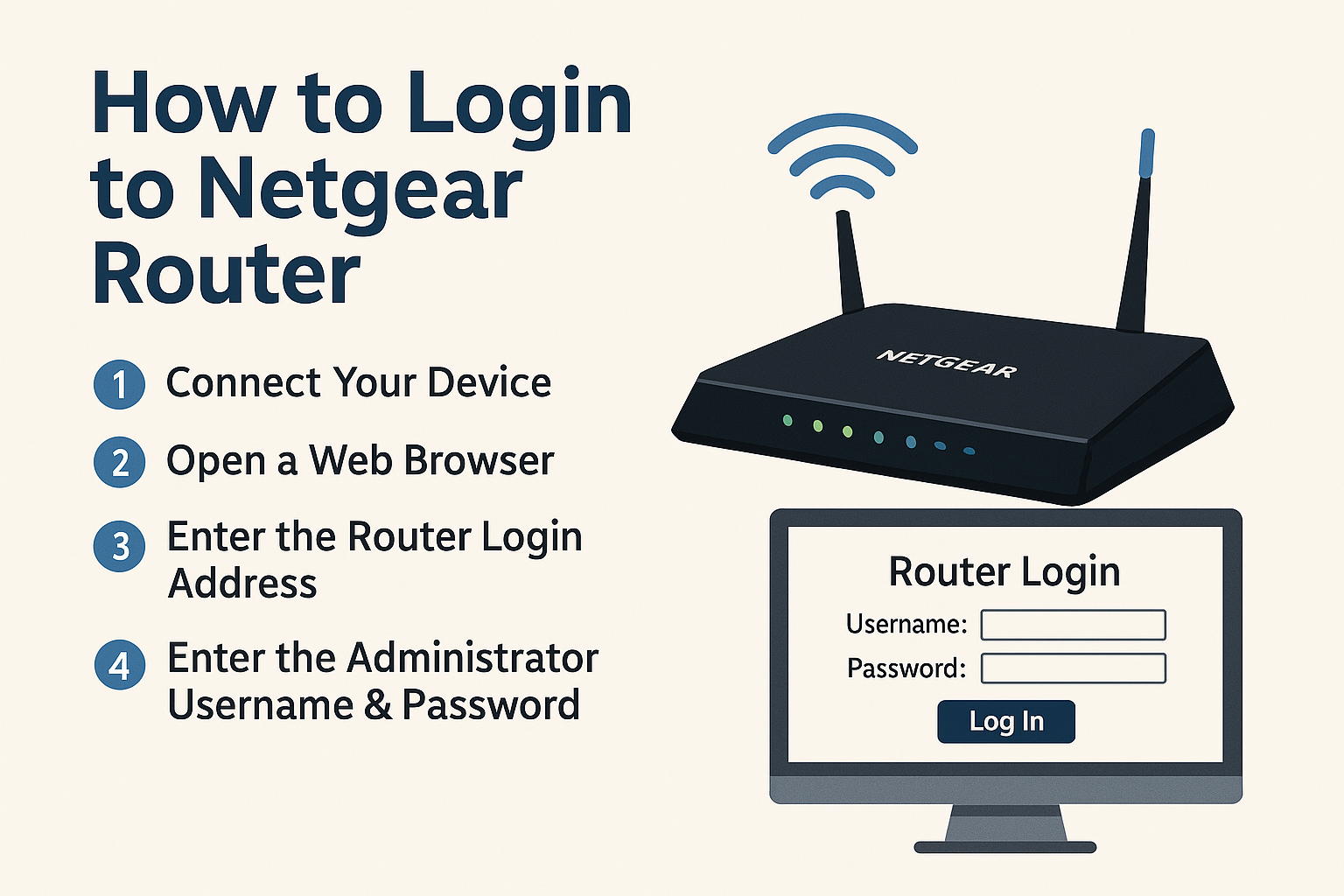What Is a Computer Network? A Complete Guide for IT and Business Leaders
Updated on October 13, 2025, by Xcitium

Have you ever asked yourself, what is a computer network and why is it so important to modern businesses? Imagine trying to run a company without email, shared drives, or internet access. Without computer networks, collaboration and digital communication would be nearly impossible.
Introduction: Why Computer Networks Matter
According to IDC, over 92% of global enterprises rely on interconnected networks to power business operations. Yet, with increased connectivity comes greater risk. Poorly designed or unsecured networks expose organizations to data breaches, downtime, and compliance issues.
In this article, we’ll explain what a computer network is, explore its different types, benefits, and architecture, and show IT leaders how to secure networks in today’s cybersecurity landscape.
1. What Is a Computer Network?
A computer network is a system of interconnected devices—computers, servers, smartphones, printers, and more—that exchange data and resources through wired or wireless communication.
Core Functions of Computer Networks:
-
Data Sharing: Transfer files, apps, and databases.
-
Communication: Enable email, VoIP, and video conferencing.
-
Resource Access: Share printers, storage systems, and internet.
-
Security: Manage access and safeguard sensitive data.
👉 In simple terms, a computer network is the digital backbone of business operations.
2. Types of Computer Networks
Computer networks differ in scope, size, and functionality.
A. Local Area Network (LAN)
-
Covers small areas like offices, schools, or homes.
-
Delivers high-speed connectivity.
-
Example: An internal office intranet.
B. Wide Area Network (WAN)
-
Connects multiple LANs across cities or countries.
-
Relies on telecom carriers.
-
Example: The internet itself.
C. Metropolitan Area Network (MAN)
-
Covers larger areas like campuses or urban regions.
-
Bridges LANs with high-capacity connections.
D. Wireless Networks (WLAN/Wi-Fi)
-
Uses radio signals instead of cables.
-
Ideal for mobility and remote working.
E. Virtual Private Network (VPN)
-
Encrypts data traffic for secure remote access.
-
Essential for hybrid and remote workforces.
👉 Each type supports specific use cases, making networks highly scalable and adaptable.
3. Importance of Computer Networks in Business
Modern enterprises cannot function without robust networking.
Business Benefits:
-
Efficiency: Streamlined communication and collaboration.
-
Cost Savings: Shared resources reduce hardware costs.
-
Scalability: Add users and devices seamlessly.
-
Data Security: Centralized access control and monitoring.
-
Continuity: Networks enable disaster recovery and redundancy.
👉 Whether for SMBs or large corporations, networks enable productivity and growth.
4. Key Components of a Computer Network
To understand what is a computer network, you also need to know its building blocks.
-
Routers: Direct traffic between networks.
-
Switches: Connect multiple devices within a LAN.
-
Servers: Store applications, databases, and files.
-
Cables/Wireless Access Points: Enable communication.
-
Firewalls: Secure traffic and block unauthorized access.
-
Endpoints: Devices like PCs, smartphones, or IoT gadgets.
👉 These components work together to deliver connectivity, security, and functionality.
5. Network Architecture Models
Computer networks are structured in different ways:
A. Client-Server Model
-
Centralized servers manage resources.
-
Users (clients) request access from servers.
-
Common in business environments.
B. Peer-to-Peer (P2P) Model
-
Devices communicate directly without centralized control.
-
Suitable for small-scale file sharing.
C. Hybrid Model
-
Combines features of both client-server and P2P.
-
Offers flexibility and scalability.
👉 Most enterprises adopt client-server networks for centralized control.
6. Network Security: Protecting the Backbone
Networks are prime targets for hackers, making network security a critical priority.
Major Threats:
-
Phishing Attacks: Steal credentials via fake emails.
-
Ransomware: Encrypts data until ransom is paid.
-
DDoS Attacks: Overwhelm servers with malicious traffic.
-
Insider Threats: Employees misusing network access.
-
IoT Exploits: Vulnerabilities in connected devices.
Security Best Practices:
-
✅ Use firewalls and intrusion prevention systems.
-
✅ Enforce multi-factor authentication (MFA).
-
✅ Encrypt sensitive data in transit and at rest.
-
✅ Deploy endpoint detection and response (EDR) tools.
-
✅ Regularly update patches and firmware.
-
✅ Train employees on cybersecurity hygiene.
👉 Strong security ensures business continuity and data protection.
7. Computer Networks and Cloud Computing
Cloud adoption has redefined the role of networks.
-
Cloud Networking: Provides flexible access to apps and storage.
-
SaaS/Cloud Solutions: Reduce dependency on on-premises infrastructure.
-
Hybrid Cloud Models: Balance scalability with data sovereignty.
👉 Without reliable computer networks, cloud computing wouldn’t exist.
8. Future of Computer Networks
The next generation of networks will be smarter, faster, and more secure.
-
5G Networks: Ultra-fast speeds for IoT and real-time data.
-
AI-Powered Networks: Automated detection of anomalies.
-
Zero Trust Architecture: Continuous verification of access.
-
Quantum Networking: Potentially unbreakable encryption.
-
SASE (Secure Access Service Edge): Converging networking and security in the cloud.
👉 Networks will continue to evolve as the foundation of digital transformation.
Quick Checklist: What Is a Computer Network
✅ A system connecting devices for communication and resource sharing
✅ Includes LAN, WAN, WLAN, VPN, and other types
✅ Critical for business efficiency, scalability, and security
✅ Requires strong protection against cyber threats
✅ Forms the foundation of cloud and digital services
FAQs on Computer Networks
1. What is a computer network in simple terms?
It’s a group of connected devices that share data, resources, and communication.
2. Why are computer networks important for businesses?
They enable collaboration, resource sharing, cloud access, and cybersecurity control.
3. What are the main types of computer networks?
LAN, WAN, MAN, WLAN, and VPN are the most common.
4. How do you secure a computer network?
By using firewalls, encryption, multi-factor authentication, and continuous monitoring.
5. Can small businesses benefit from computer networks?
Yes. Even small businesses use networks to streamline workflows, enable remote access, and protect data.
Final Thoughts
Computer networks are the unsung heroes of the digital age. They power communication, enable collaboration, and secure sensitive information across organizations. From local area networks in small offices to global WANs connecting enterprises, networks are the foundation of productivity and innovation.
But with great connectivity comes great responsibility: network security is not optional. IT managers, cybersecurity leaders, and executives must ensure their networks are resilient, scalable, and protected against evolving threats.
🚀 Ready to strengthen your network security and protect your business data?
Request a demo from Xcitium today and see how enterprise-grade solutions safeguard your organization’s digital future.















